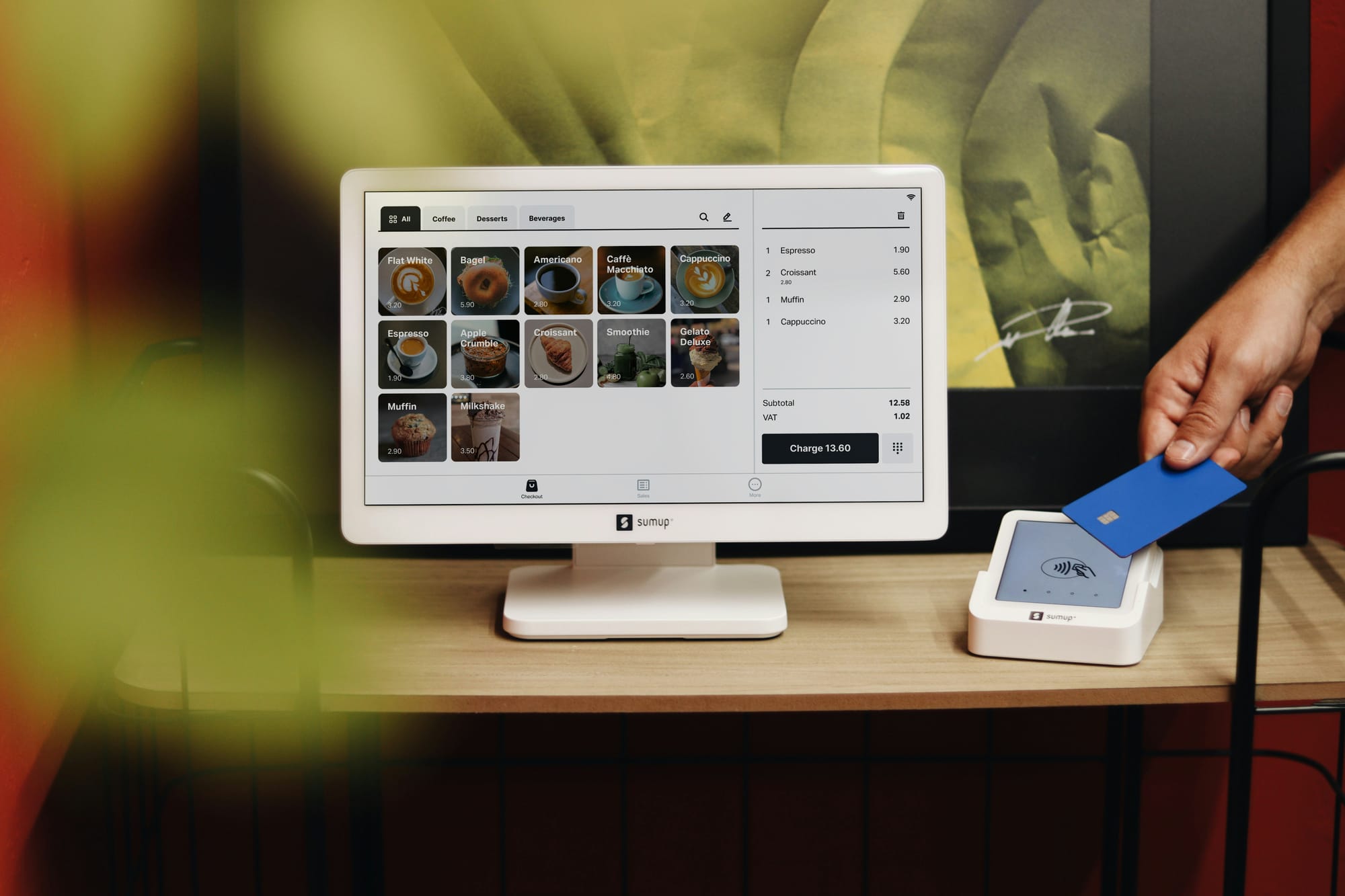How to increase your website sales - proven strategies for success
One of the most important challenges for both ecommerce and SaaS companies is figuring out how to increase website sales. While driving traffic to your website is critical, it doesn’t automatically translate into conversions.
Maximizing the value of your website visitors requires optimizing various elements of your site, improving the user experience, and deploying strategic marketing techniques. This article will outline actionable strategies to help you increase website sales and boost your bottom line.
1. Optimize your website for conversions
The first step in learning how to increase website sales is making sure that your website is optimized for conversions. Your website's design and functionality can make or break a potential sale. Focus on streamlining the user journey from landing on your site to completing a purchase.
Clear and compelling Call to Actions (CTAs)
One of the most important elements of a high-converting website is an effective Call to Action (CTA). Ensure that your CTAs are clear, concise, and action-oriented. Use verbs like “Buy Now,” “Start Free Trial,” or “Get Instant Access” to encourage users to take immediate action.
Additionally, you want to make sure your CTAs stand out visually. Use contrasting colors that catch the eye and position them strategically throughout your site - such as at the top of product pages, within the body of content, and in checkout forms.
Simplify the checkout process
A complicated or lengthy checkout process is one of the biggest reasons for cart abandonment. To increase website sales, simplify your checkout process by reducing the number of steps needed to complete a purchase. Offer guest checkout options, minimize form fields, and provide clear progress indicators so customers know how far along they are in the purchase journey.
You also want to make sure that the payment options are varied and include methods like PayPal, credit cards, and mobile payments to accommodate different customer preferences.
2. Use product recommendations and personalization
In the ecommerce world, personalization is proven to be a powerful driver of sales. By tailoring the shopping experience to each user’s preferences, you can increase customer engagement and boost sales.
Product recommendations
One of the easiest ways to increase website sales is through personalized product recommendations. Using algorithms to suggest items based on past customer behavior, browsing history, or related products can prompt customers to add more items to their cart. You can display these recommendations on product pages, the shopping cart page, or even in follow-up emails.
Personalized offers
Offering personalized deals based on customer behavior or demographics can also be highly effective. For example, you can present returning visitors with exclusive discounts or showcase popular products among users in their region. Personalization makes customers feel valued and understood, which increases the likelihood of a purchase.
3. Leverage social proof
In the digital age, online shoppers are often influenced by what others say about your products. Social proof like customer reviews, testimonials, and user-generated content, can give potential buyers the confidence they need to make a purchase.
Showcase reviews and ratings
Featuring customer reviews and product ratings prominently on your website builds trust and reassures new visitors. Positive reviews act as validation for your products and can significantly impact conversion rates. According to research, 88% of consumers trust online reviews as much as personal recommendations.
Highlight case studies or success stories
For SaaS companies, displaying case studies or success stories from existing customers can be a powerful tool in persuading website visitors to convert. When prospects see how others have benefited from your service, they are more likely to follow suit.
4. Improve website load time
Website speed directly impacts user experience and conversion rates. A slow-loading site not only frustrates visitors but also increases the likelihood of them abandoning your page before making a purchase.
Optimize images and code
To increase website sales, make sure your website loads quickly on all devices. Compress large images and optimize code to ensure your site performs well, especially on mobile devices. Using tools like Google PageSpeed Insights can help identify areas for improvement.
Use a Content Delivery Network (CDN)
A CDN distributes your website content across multiple servers worldwide, ensuring faster load times for visitors, regardless of their location. By speeding up your website, you can reduce bounce rates and keep potential customers engaged long enough to convert.
5. Implement exit-intent popups
Not every visitor who lands on your website will convert right away. However, with the help of exit-intent popups, you can capture their attention before they leave. Exit-intent popups detect when a visitor is about to exit your site and present a final offer to encourage them to stay.
Offer discounts or free shipping
One of the most effective ways to use exit-intent popups is to offer a special discount or free shipping to entice customers to complete their purchase. For example, offering “10% off your first order” or “Free shipping when you order today” can be enough to convert a hesitant visitor into a buyer.
Collect emails for retargeting
If visitors still choose to leave, use exit-intent popups to capture their email address in exchange for a newsletter subscription or a downloadable resource. This allows you to follow up with targeted email campaigns, bringing potential customers back to your site.
6. Use retargeting ads to re-capture lost customers
Retargeting is a powerful strategy to increase website sales by re-engaging visitors who have previously interacted with your site but didn’t convert. Whether they abandoned their cart or browsed products without purchasing, retargeting ads can remind them of the value your products or services offer.
Dynamic retargeting ads
Dynamic retargeting ads automatically display products that users have previously viewed on your site. These personalized ads can appear on social media platforms or across Google’s display network, encouraging visitors to return and complete their purchase.
Time-limited offers
Adding a sense of urgency to your retargeting ads, such as limited-time discounts or exclusive deals, can further motivate customers to act quickly and avoid missing out.
You’re ready to get started
Increasing website sales involves a combination of strategic efforts focused on improving user experience, personalizing content, and leveraging data-driven marketing techniques. By optimizing your site’s performance, simplifying the purchasing process, and utilizing tactics like product recommendations, social proof, and retargeting ads, you can significantly increase website sales and boost conversions.
By implementing these strategies, you’ll not only drive more conversions but also create a better overall user experience, leading to higher customer satisfaction and long-term loyalty. Whether you’re in ecommerce or SaaS, taking the time to optimize your website will pay off with increased sales and a more successful online business.
Want to take the next step?
Use ConversionWax to optimize and personalize your website in just 10 minutes. Start your free trial today
-

Unlock the benefits of website personalization
-

E-commerce conversion best practices
-

Your ultimate Conversion Rate Optimization checklist
-

How to: complete a Conversion Rate Optimization audit
-

An easy guide to ecommerce website optimization
-

Your guide to Conversion Rate Optimization best practices
-

Landing page optimization - maximizing your conversions
-

Website performance optimization techniques to boost your online business
-

Benefits of website personalization for online businesses
-

How to improve your ecommerce checkout conversion

